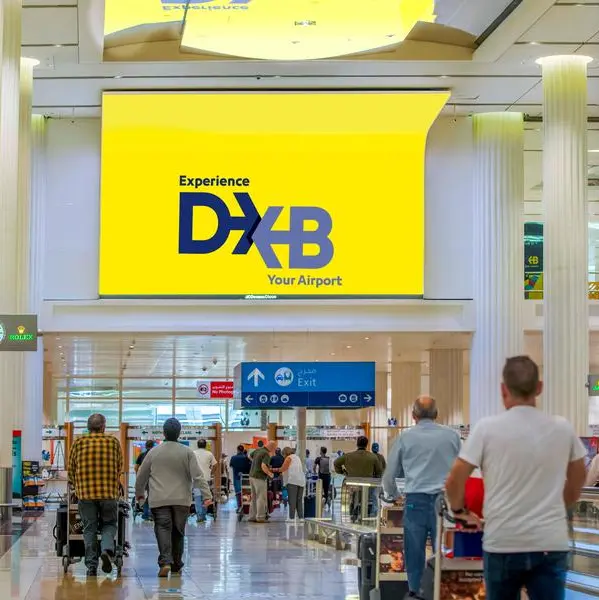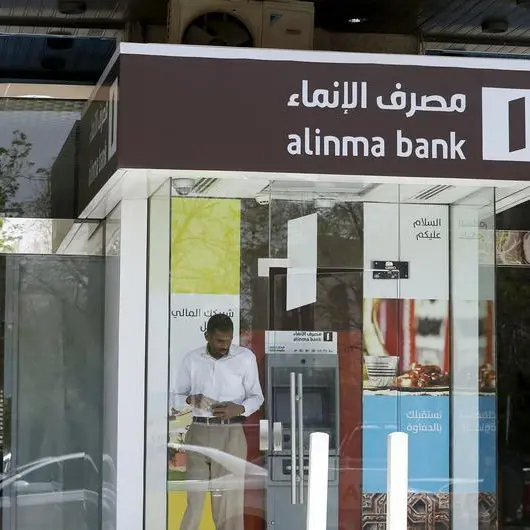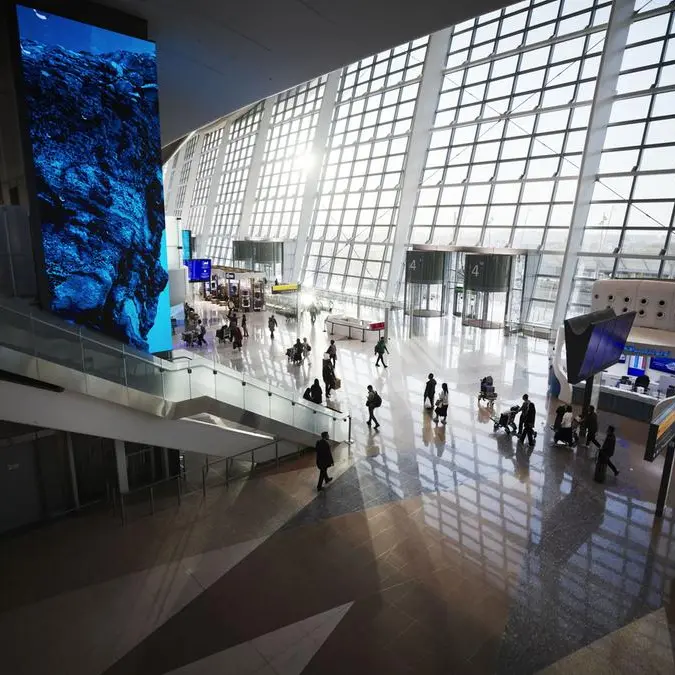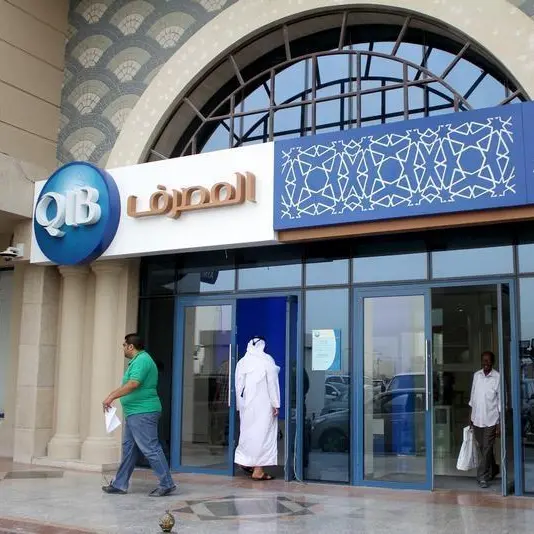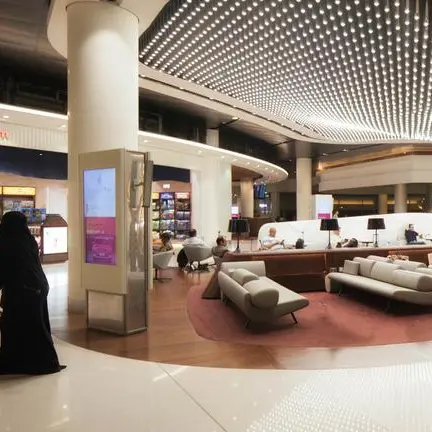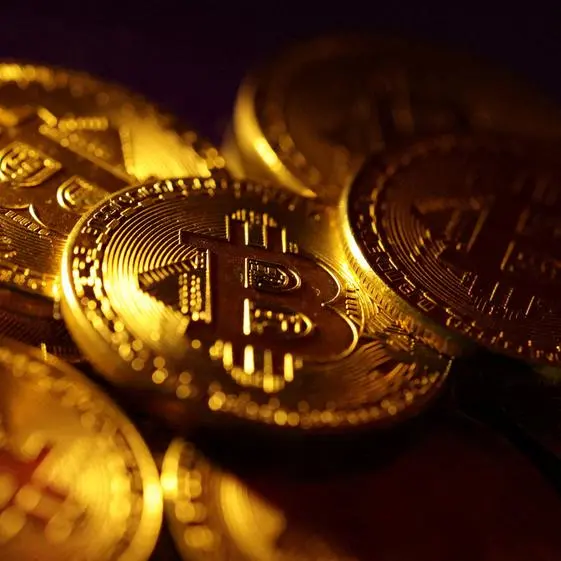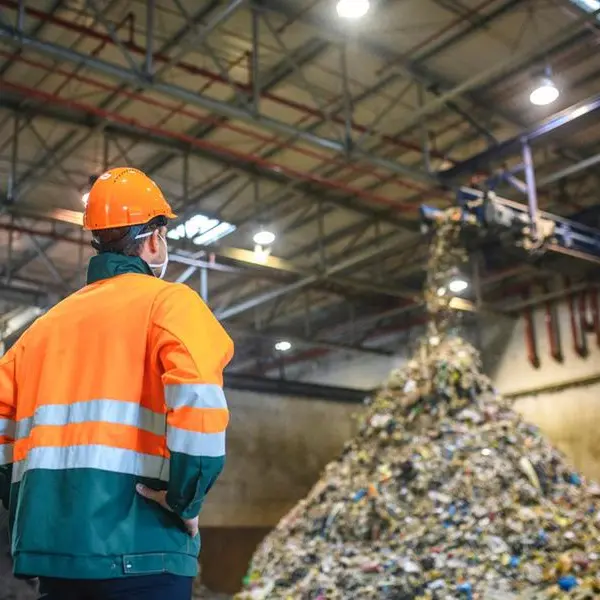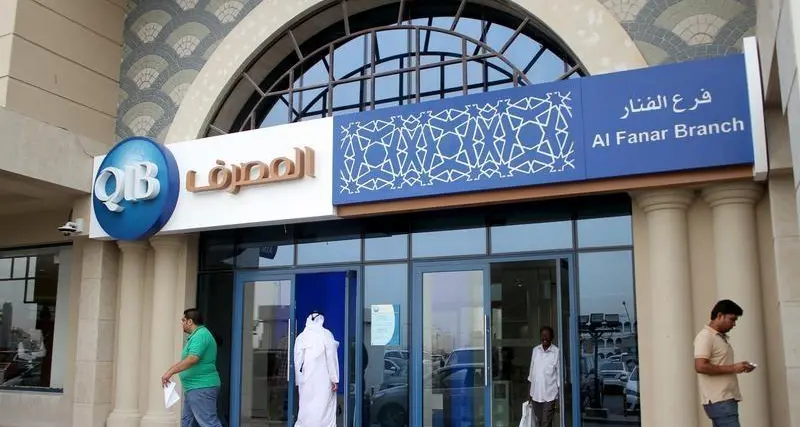PHOTO
The coronavirus pandemic has transformed the consumer behaviour across the globe and retailers in the Gulf Cooperation Council (GCC) who have been quick to innovate are now reaping the rewards, industry sources confirmed during a forum.
At an Omnichannel e-forum by RetailME, some merchants said they’ve seen their sales go up after they made a shift to the digital space, and the increase in e-transactions has more than made up for the lost revenues at the physical stores.
The e-commerce sector has emerged as one of the resilient sectors during the coronavirus pandemic. Since the onset of the health crisis, people have been avoiding public places, including supermarkets, and making their purchases online instead.
With the high demand for digital shopping, the size of the e-commerce market in the GCC is expected to hit $19.7 billion this year alone, with Saudi Arabia accounting for the biggest share at $8.3 billion, followed by the UAE at $7.5 billion, according to research data.
“We have seen a paradigm shift in consumer behaviour towards the digital channel. A lot of consumers quickly embraced online shopping that put retailers under tremendous pressure to expand the digital channel,” said Hozefa Saylawala, director of sales for Middle East at Zebra Technologies, a technology enabler for the retail sector.
“During the initial phase of the pandemic and lockdown, a lot of retailers identified the gap, as well as the opportunities. We have seen tremendous demand to engage with retailers keen to make the shift. Consumers are now asking for more self-service, contactless payment options for shopping,” he added.
Increase in sales
Among the retailers who were quick to jump in on the e-shopping trend, Sun and Sand Sports, which operates several brick-and-mortar stores across the UAE, saw its online sales skyrocket by 500 percent.
“COVID-19 is a blessing by default as it forced consumers and retailers to change behaviour fast. It also provided some good lessons for us in the last 20 years,” Bhayna Buttan, vice president for marketplace transformation at Sun and San Sports.
“We launched our digital sales channel six years ago, which consumers seldom used. However, COVID-19 pushed all of us into the digital space rapidly… Our online sales jumped 500 percent that more than compensated for the decline in the brick-and-mortar space,” said Buttan.
Danube Group, which sells home furnishings, also noticed a similar trend. Prior to the pandemic, retail customers rarely shopped online for Danube’s products, with online spending accounting for only five percent of the total sale.
“However, [online purchases] jumped 500 percent to 25 percent of our sale during the lockdown, before settling at 10 percent currently,” said Adel Sajan, director of Danube Group.
At Choithrams, online orders have tripled, according to Ashutosh Chakradeo, head of retail.
“COVID-19 forced us to change fast within three to four months. We have made certain changes… in our systems to manage the increased demand in the online orders. While our online orders jumped three times, our existing capacity was good enough to handle only 50 percent jump. However, we managed to do some physical adjustment in timing, as well as upgraded the technology to manage the rush,” said Chakradeo.
Big-box retailers contacted by Zawya had earlier shared the same view. They said their online sales went up significantly as a result of the coronavirus pandemic, forcing some of them to beef up their delivery teams and fleet.
In May, hypermarket operator Union Cooperative reported a 223 percent increase in online sales to 18.7 million UAE dirhams due to the huge spike in demand from online shoppers.
Huge market potential
Global retail sales were earlier projected to hit $25.04 trillion in 2021 and $26.7 trillion in 2022, up from approximately $23.6 trillion in 2018, according to Statistica, an online tracker of global economy and retail sector.
Online retail sales accounted for 14.1 percent of the global retail sales in 2019. By 2023, the figure is forecast to reach 22 percent. In the GCC, the e-commerce spending is expected to hit $19.7 billion this year.
“These statistics show that the potential for e-commerce in the GCC and the greater Middle East region is huge. Most people in the region are still brick-and-mortar shoppers. We believe this is going to change fast due to the current environment dominated by health and safety concerns and social distancing,” said Justina Eitzinger, chief operating officer of Images RetailME.
Recovery
However, despite the encouraging online sales, it might take a while before the entire retail industry will recover from the downturn. Sales at physical stores have fallen since the pandemic and the entire industry is estimated to recover and grow through 2023.
According to Alpen Capital, the GCC retail sector will grow at compound annual growth rate of 4 percent, from $253.2 billion in 2018 to $308 billion in 2021.
Retailers should, therefore, up their game and find ways to offer “frictionless” shopping experience to their customers, according to Mark Thomson, director for retail and hospitality for Europe, Middle East and Africa at Zebra Technologies.
(Reporting by Cleofe Maceda; editing by Seban Scaria)
Disclaimer: This article is provided for informational purposes only. The content does not provide tax, legal or investment advice or opinion regarding the suitability, value or profitability of any particular security, portfolio or investment strategy. Read our full disclaimer policy here.
© ZAWYA 2020

